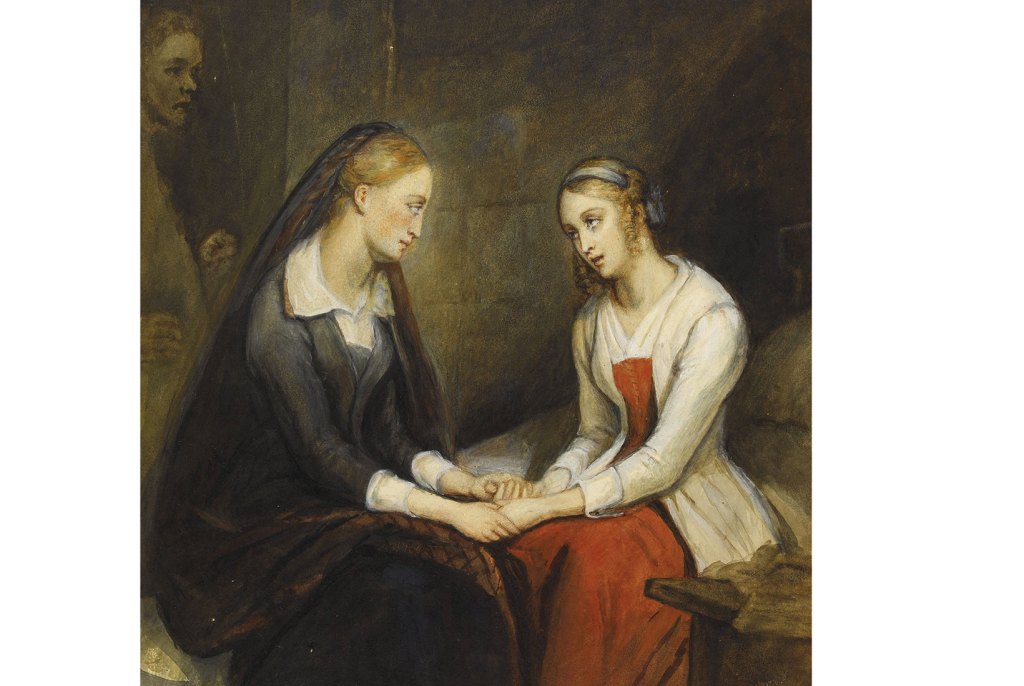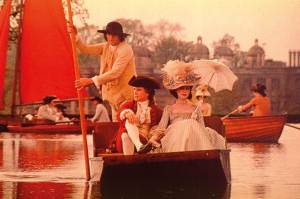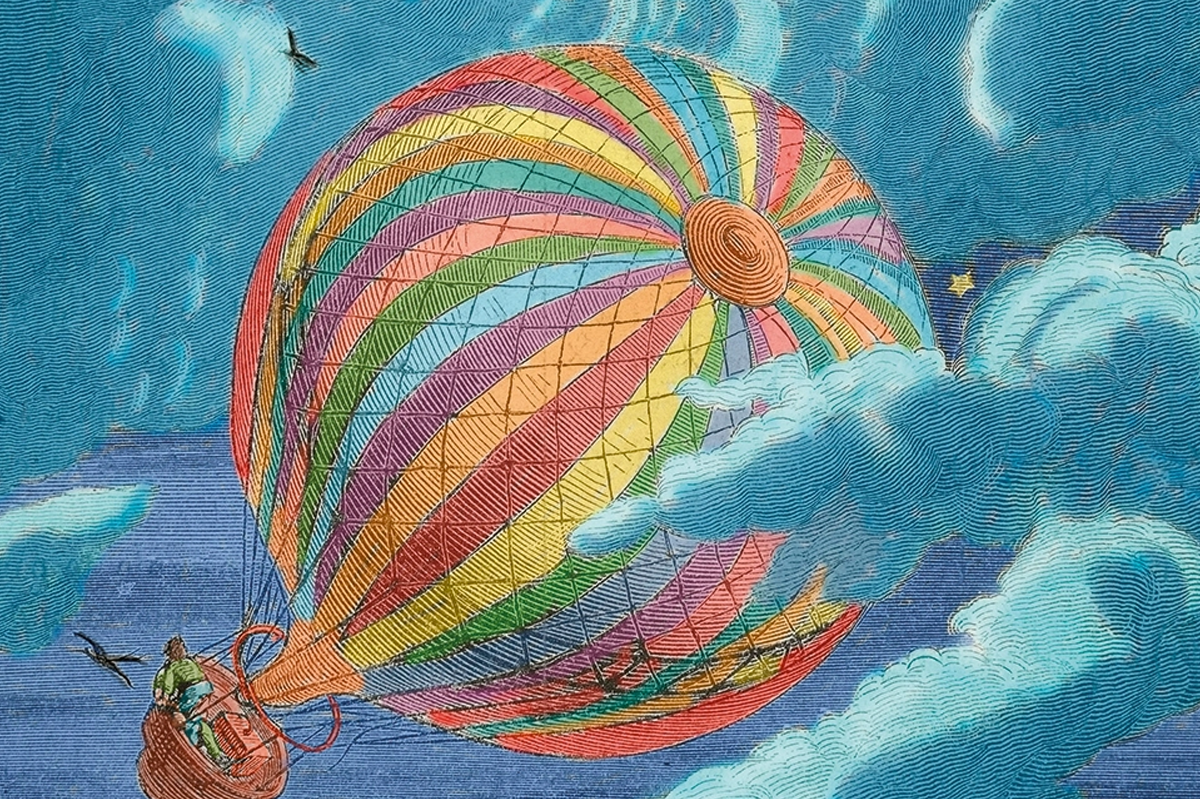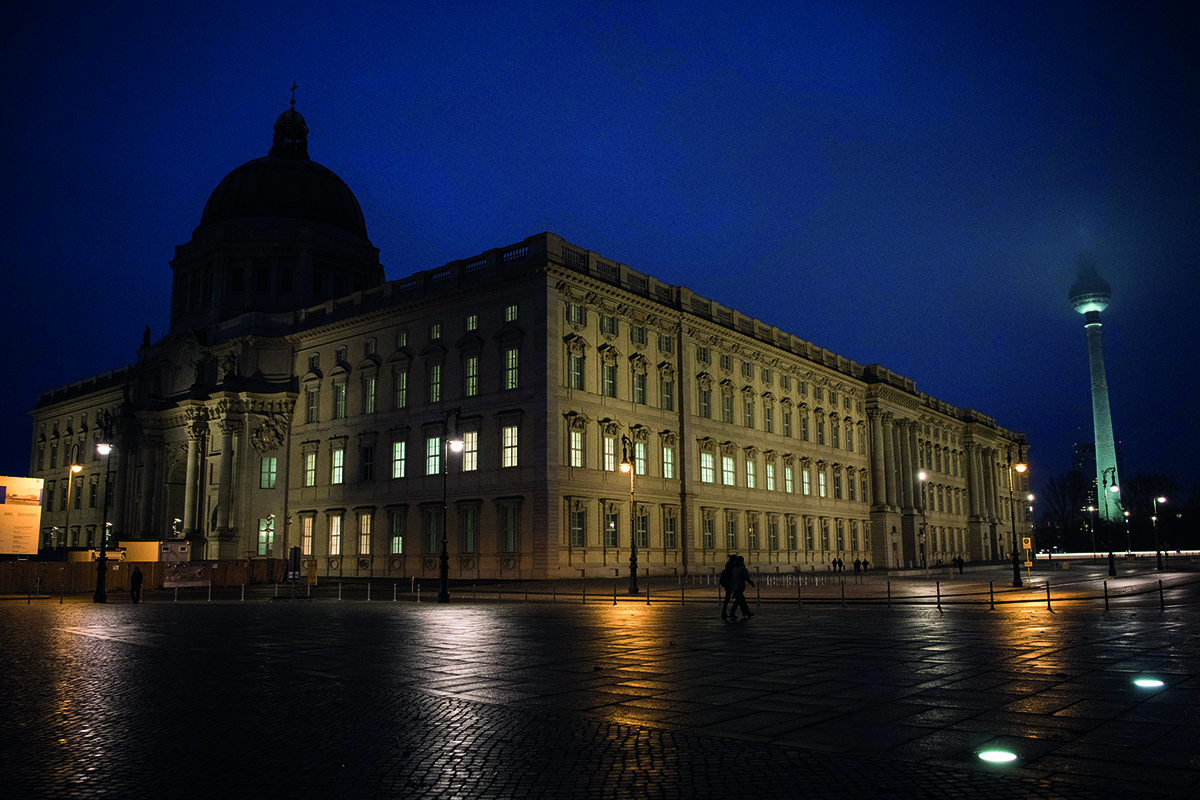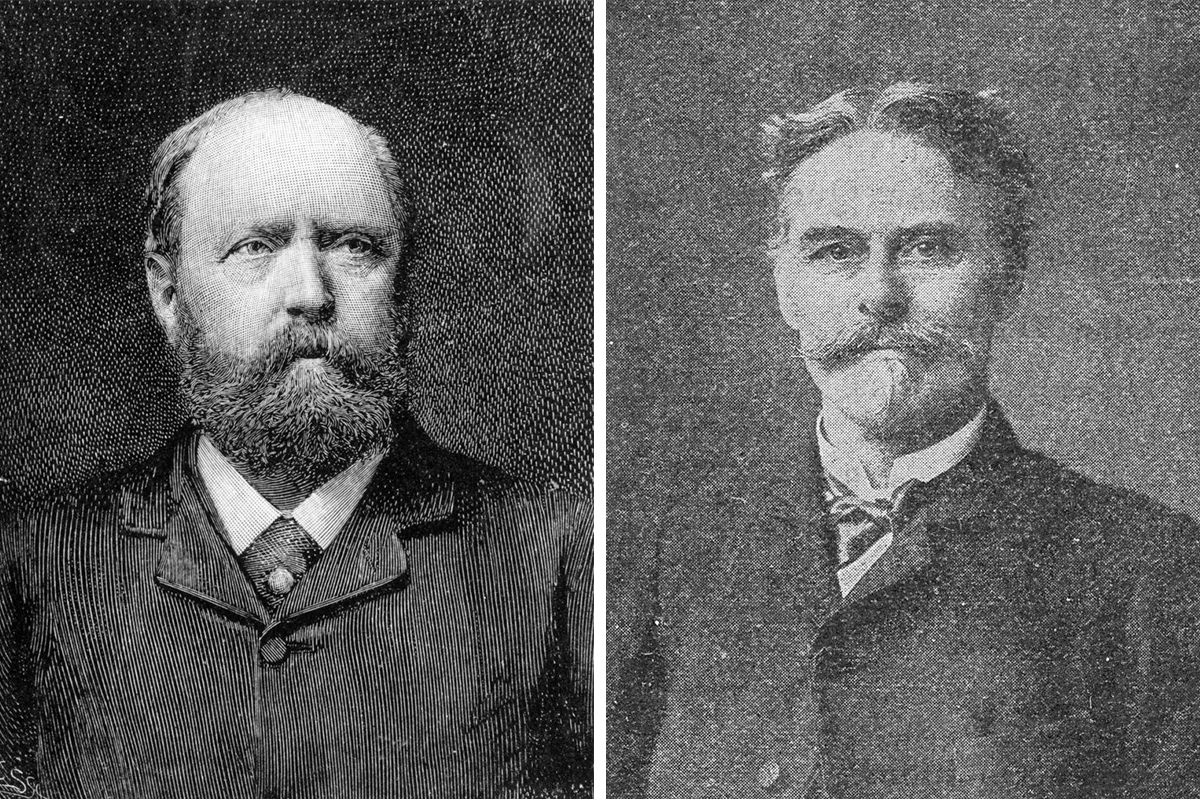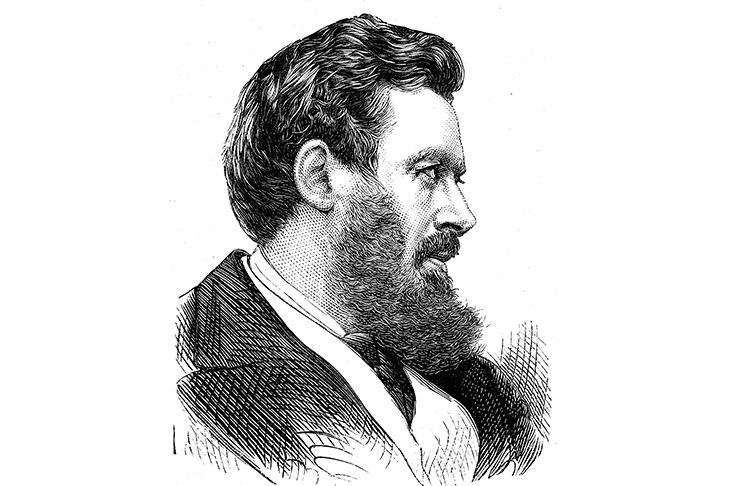It’s the perfect opportunity to crack open those classics of 19th-century fiction you’ve always been meaning to read, and I am here to offer some recommendations. But there’s an immediate problem. Do I gesture towards the blindingly obvious? Or do I recommend a variety of obscure and arcane titles? The former strategy is liable only to insult your intelligence — of course you already know Jane Austen and Charles Dickens are worth reading — whereas the latter runs the risk of merely putting you off and making me seem pretentious. There is, though, a third way. What did the Victorians themselves reckon were the great authors of their age?
The answer, above all others, is Sir Walter Scott. I know nobody now reads him, but in the 19th century everybody did. It really is hard to overstate how popular he was. Henry Crabb Robinson, a friend of the great literary figures of his day, was, whatever else he was reading, always reading Scott — when he finished the last of the Waverley novels he would immediately start again with the first. Scott was the first international superstar of letters: the story goes that the Russian ambassador to London once asked whether Scotland had been named in his honor. That is why secondhand bookshops up and down the land carry complete sets of Waverley, a fact that indicates both his former ubiquity and the difficulty booksellers have nowadays in shifting him. I’m not sure I can think of another writer whose posthumous reputation has taken so precipitous a dive.
The reason people don’t read Scott anymore is that they think he’s prolix. They are right. There’s no getting around the fact: he’s a deeply prosy, long-winded writer. If the only thing that will hold your attention is a string of staccato action set-pieces you will surely struggle with him. But the secret to enjoying him is to accept this. Instead of impatiently yearning for things to hurry up, you need to surrender yourself to the prose, to sink into it as into a warm bath.
Critics sometimes recommend starting with the shorter, more action-filled novels such as the melodramatic The Bride of Lammermoor (1819), or the crusader romp The Talisman (1825) — uncharacteristic Scott, in other words. This is entirely to miss the point. Settle down instead to longer, steadier books such as The Antiquary (1816), Rob Roy (1817; not in the least like the Liam Neeson movie) or my personal favorite, The Heart of Midlothian (1818), the only novel to have a football team named after it. There’s nothing of soccer in this novel, mind you: it’s the tale of humble Effie Deans, accused of killing her baby, and of her remarkable sister Jeanie, who travels from Edinburgh to London on foot to seek her pardon. Know in advance that this novel is long and slow, but also that its very length and slowness build extraordinary emotional heft and momentum. Adjust yourself to its tempo. You’ll thank me later.
Because what is true of Scott is true of many 19th-century novels. Approach them like a modern thriller and you’ll be disappointed; relax into them and they will reward you in ways that shallower fiction never can. Adaptations of Dickens trim and pare, boil his novels down to jagged plot skeletons; but the glory of Dickens isn’t his story, it’s his rich, humane expansiveness. A Christmas Carol (1843) has a neat little plot, but it can’t do what the hugely more capacious Bleak House (1853) or Little Dorrit (1857) manage: create panoptic portraits of an entire world, as touching as they are funny and all utterly absorbing.
Today we think of Dickens as the greatest Victorian novelist, but the Victorians themselves (Scott having died in 1832) gave that crown to Thackeray. Vanity Fair (1849), his satirical and sometimes cynical portrait of England after the Napoleonic wars, is certainly worth reading. But for my money there’s more echt Thackeray in his great saga The Newcomes (1855). Allow yourself to drift in this immense novel’s ebb and flow as Colonel Newcombe — a fascinating attempt to write ‘a good man’ — and his son live, travel and love. The ending isn’t unexpected, but it will make you cry.
George Eliot’s Middlemarch (1872) needs no recommendation from me: Virginia Woolf said it was the only novel she knew ‘written for grown-ups’, and that’s right: a perfectly accomplished portrait of ordinary life in an 1830s Midlands town (a fictionalized version of Coventry) that catches exactly the combination of banality and drama that characterizes real life. But perhaps even better, certainly more strange, is Eliot’s final novel, Daniel Deronda (1875). It is half the story of an unhappy aristocratic marriage and half that of a young man discovering, unexpectedly, his Jewish heritage and deciding to embrace it.
Elizabeth Gaskell’s spacious Wives and Daughters (1865) makes an interesting comparison piece with Middlemarch, since it’s also a novel about life in an 1830s provincial town. But its vibe is rather different, and since Gaskell died just before she was able to finish it, you’re free to imagine the last chapter any way you choose. And if uncertain endings are your thing, open Charlotte Brontë’s Villette (1853), her loosely autobiographical novel about a shy English girl traveling to Belgium and falling complicatedly in love. Brontë wanted to end her novel one way, her father insisted she end it another, and she compromised with a deliberately ambiguous conclusion. Jane Eyre (1848) is more famous, but Villette is more Victorian.
In other words what I’m recommending is taking lockdown as a chance to experiment with a different kind of reading: something less propulsive and jittery, something more attuned to a slower rhythm. All these books are available in free online editions from Project Gutenberg, Google Books and elsewhere. You have nothing to lose, and an elephant’s parade of slow masterpieces to win. Come now, you have all the time in the world.
This article was originally published in
The Spectator’s UK magazine. Subscribe to the US edition here.



